Purim in LBI collections
Purim is the joyous celebration of events described in the Biblical Book of Esther.
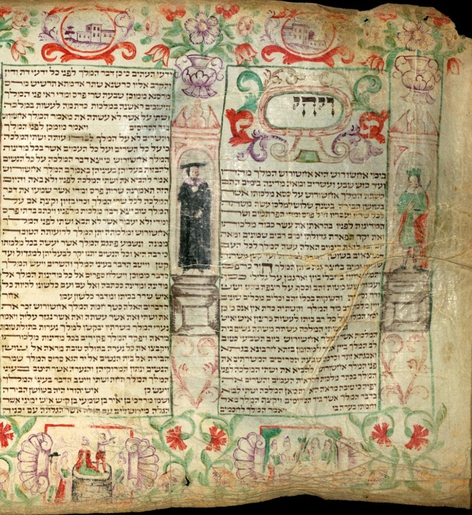

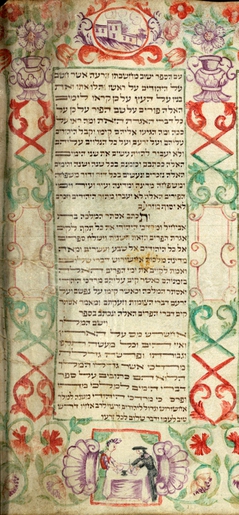
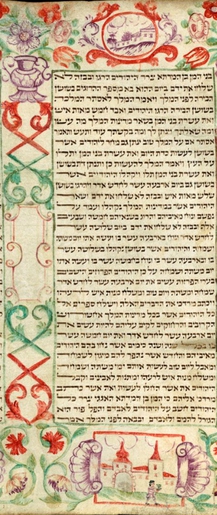
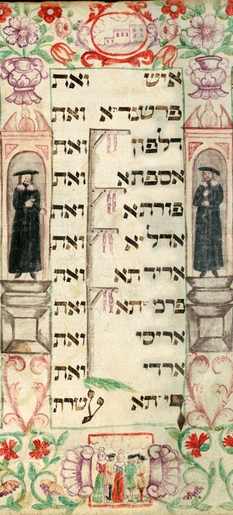
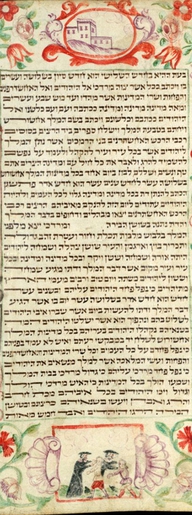
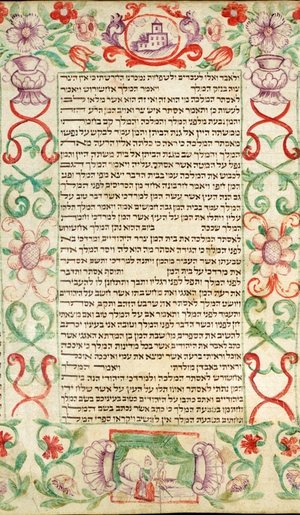
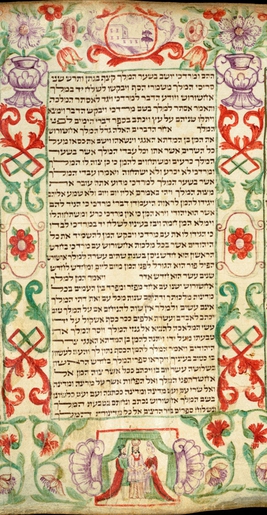
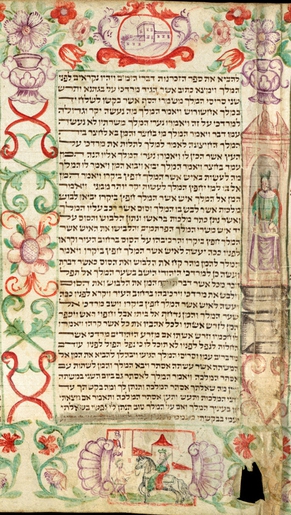
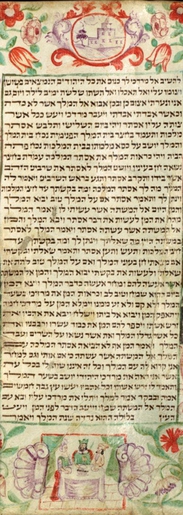
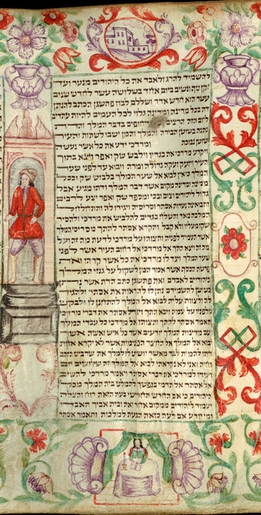
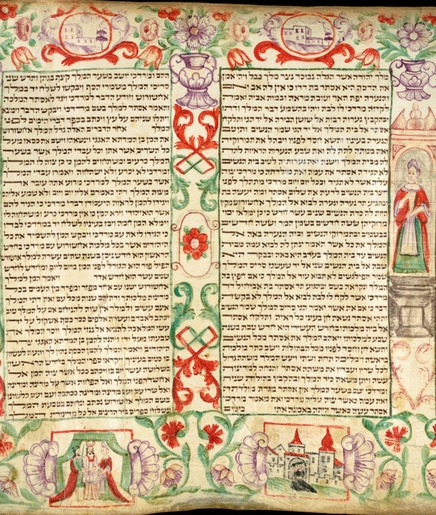
Purim
Purim is the joyous celebration of events in ancient Persia, when Queen Esther and her cousin Mordechai prevented the murderous plans of the evil chancellor Haman aimed against the Jews. The holiday is celebrated at the full moon close to the time of carnival.
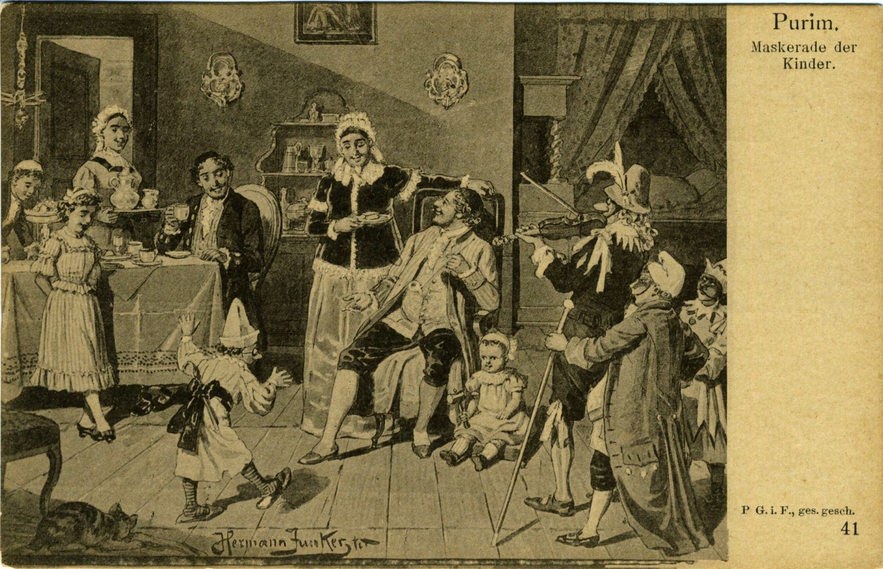
The festival of Purim commemorates and celebrates the events of the biblical Book of Esther. In the Hebrew calendar, it falls on the 14th day (Full Moon) of the month Adar, which overlaps with February and March in the Gregorian calendar: Purim occurs late in the winter, about a month before the arrival of spring, just like the festive season of Carnival. Purim is a joyous occasion for Jews, when some of the strictures of everyday life are loosened. Unlike the more severe holidays commanded in the Torah, the observance of the holiday of Purim does not carry any special restrictions.
On the contrary, boundaries are relaxed to heighten the joyous atmosphere of the day.
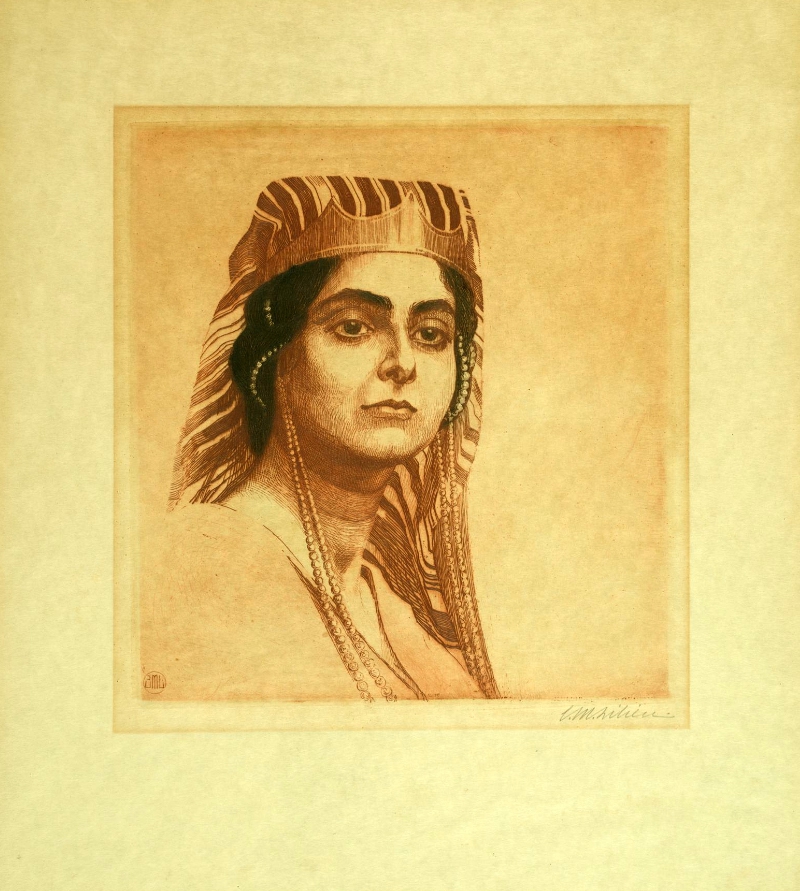
The Book of Esther tells the story of the Jews in the Persian city of Shushan (or Susa) during the reign of a king named Ahasuerus. “Ahasuerus” is probably a fictionalized name for the historic King Xerxes I, who ruled the Persian Empire from 486 to 465 BCE, but there are no historic roots for any other character in the story.
It happened one day that the King asked for a new wife, because his consort Vashti had refused to obey him, and a Jewish woman called Esther was chosen because of her beauty. The king's evil vizier Haman had a quarrel with Esther's cousin and guardian Mordechai and got permission from the king to have all the Jews in the kingdom killed on the 14th of the month of Adar. After a day of repentant fasting, Esther approached the King and convinced him to defer his decision. The king issued a new edict that turned the tables and had Haman hung from the same gallows that he had prepared for Mordechai. The 14th of Adar was transformed from a day of destruction into a day of deliverance from danger, and it was Haman who was hanged.
There are several prominent observances of the day: People gather in the synagogue to hear the reading of the Book of Esther. It is called “Megillat - the Scroll - of Esther”, because it has been copied traditionally on rolls of paper, parchment, or linen and had occasionally been adorned with artistic renditions.

The story as we know it now talks about an open letter from the king that was sent out to the whole empire to be read aloud; and just like this, the Megillah is supposed to be read aloud in its entirety to the congregation. It is not read just once, but twice: on the eve and the following morning on the day of the full moon. The atmosphere of the reading is unconventional for a synagogue service: Instead of listening solemnly and respectfully as the reader recites from the scripture, the congregation reacts boisterously to what they hear at Purim. Whenever the name of Haman is mentioned, the congregation drowns out his name by boos and even special noise makers, called “graggers”.
It is also customary to wear a costume on Purim: People dress as characters from the Megillah; or as clowns, as superheroes, and all other kinds of amusing and outrageous figures. This is done to heighten the levity of the day and people of all ages participate in the masquerading.
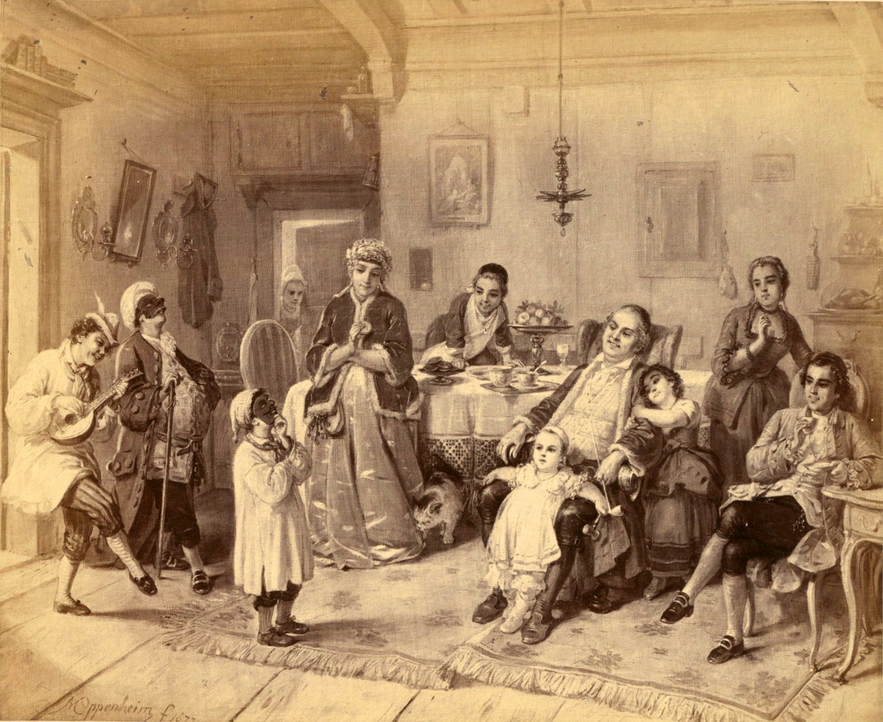
Another custom is the Sending of Servings (Mishloach Manot), which entails sending small packages of sweets, fruits, nuts, or small bottles of liquor to friends and family. Or, reversely, children knock on their neighbors’ doors and ask for treats wearing silly or spooky outfits.

Sweets, quite often, consist of baked Hamantashen (“Haman’s pockets”), which are triangular pastry pockets filled traditionally with poppy seeds or Povidl (“plum jam”), or else with any other fruit jam. In Hebrew they are called Oznei Haman (“Haman’s ears), but they probably generate back to the 18th century, when military and other high ranking officials wore three-cornered Tricorne hats – just as the king’s vizier Haman would have done.
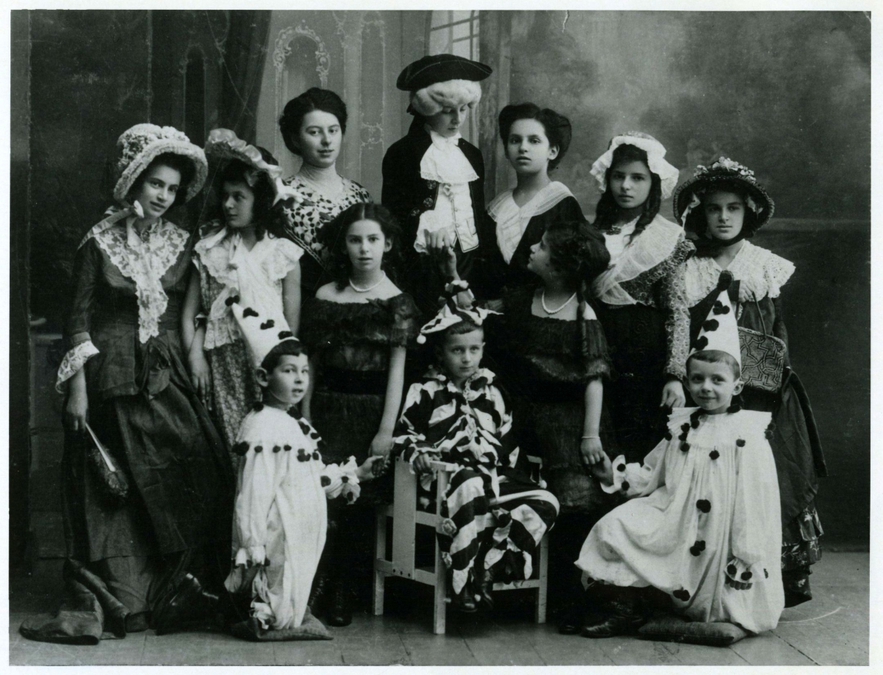
Sometimes, Jewish congregations decide to celebrate Purim with a Purim Shpiel (a “Purim Play”), and they allow their children and other members who are young at heart to perform in a theater production that might retell the story around Esther and the others.
Many people attend a festive Purim feast that goes hand in hand with the final major observance of the day: to drink alcohol Ad D’lo Yada, until one “does not know”, does not even know in one’s drunken stupor the difference between Mordechai and Haman. Given the heroic nature of one and the villainous nature of the other, this may seem like a monumental task.
